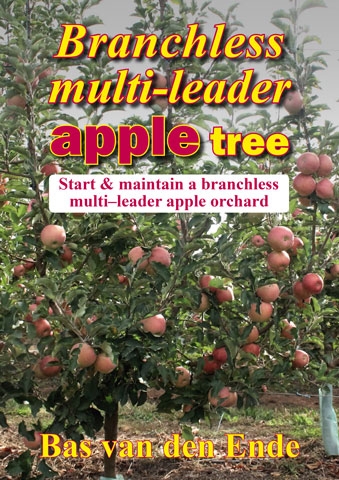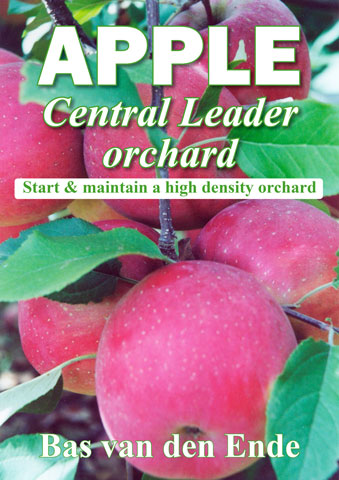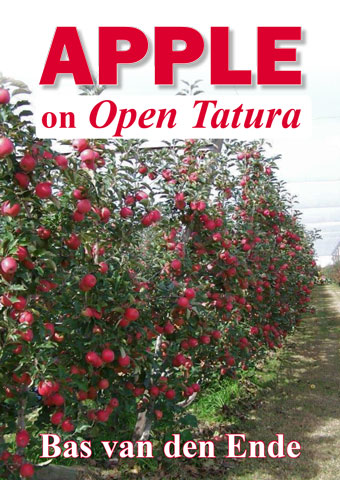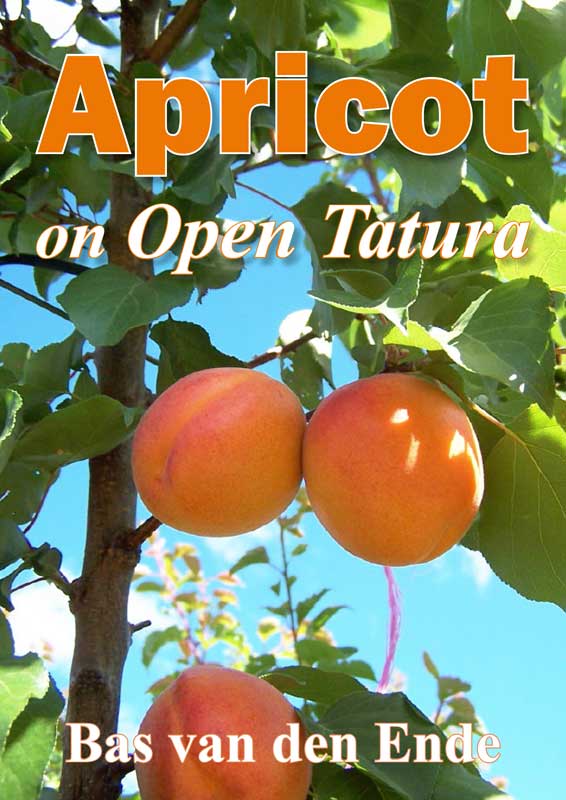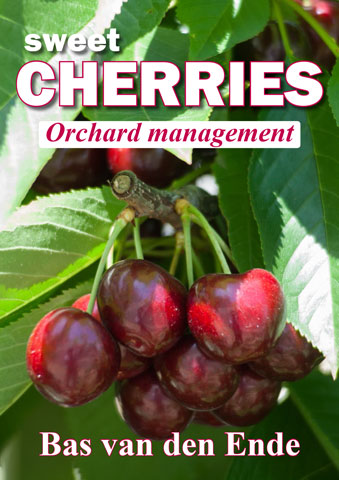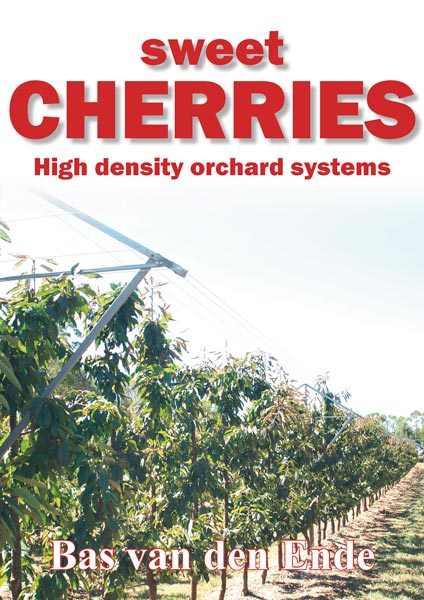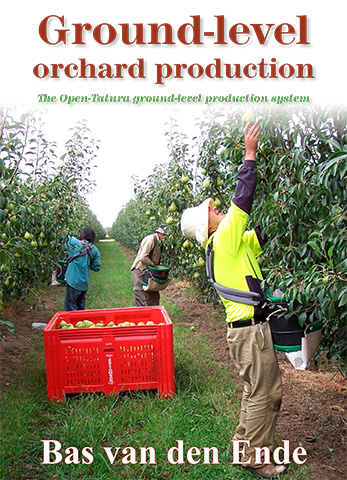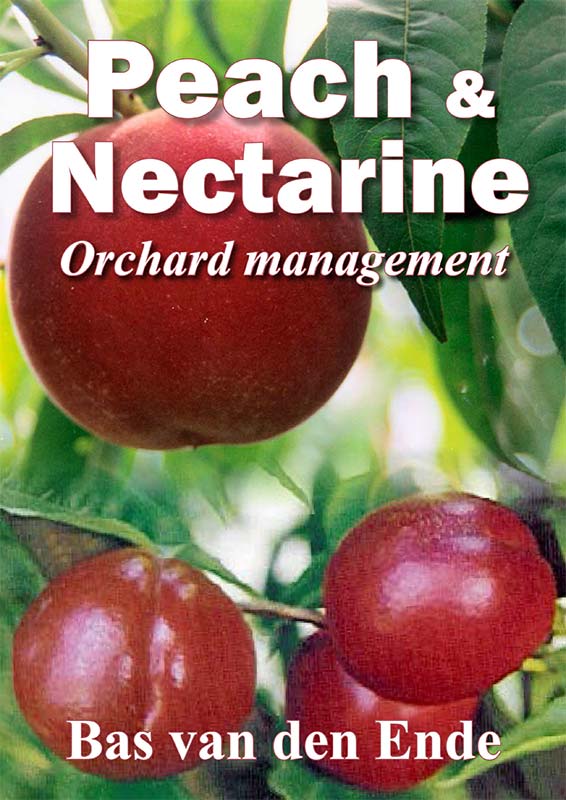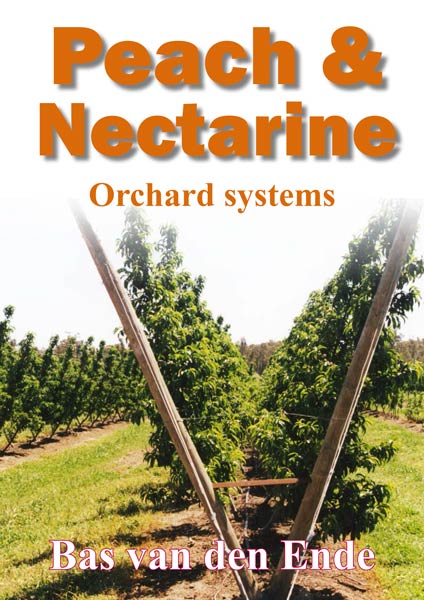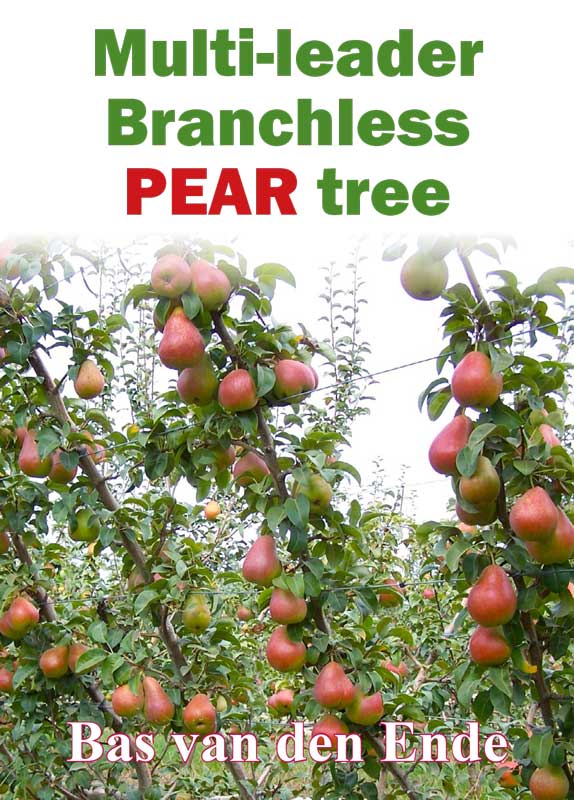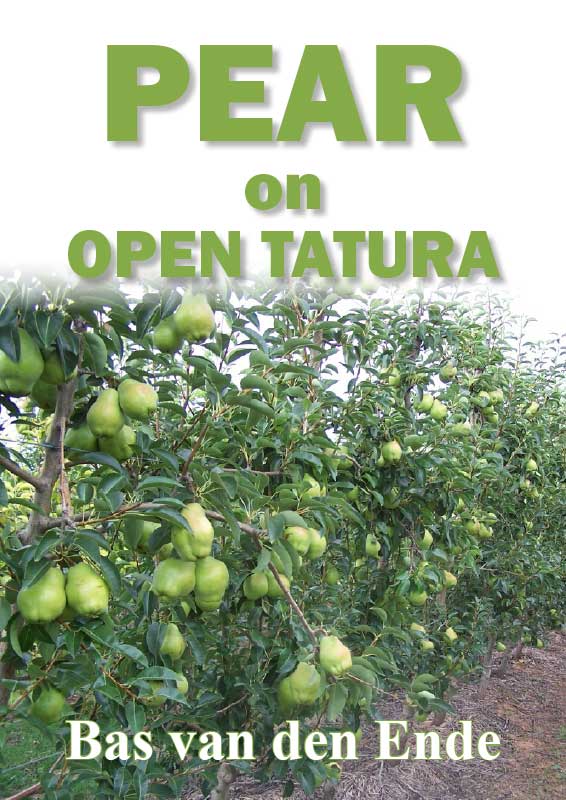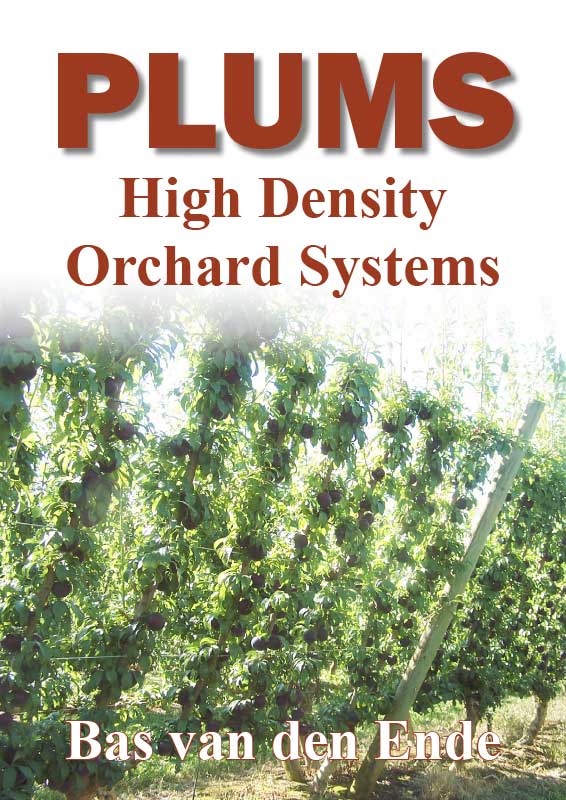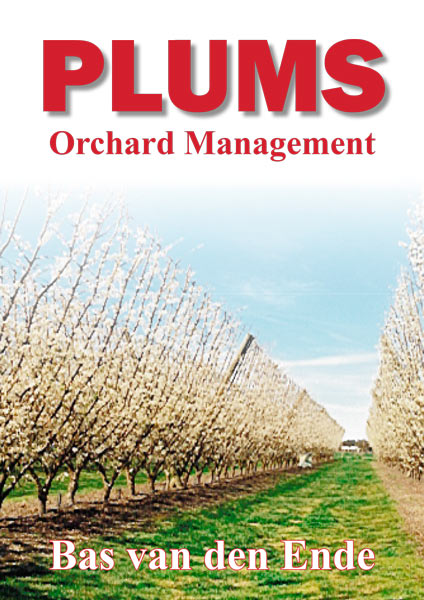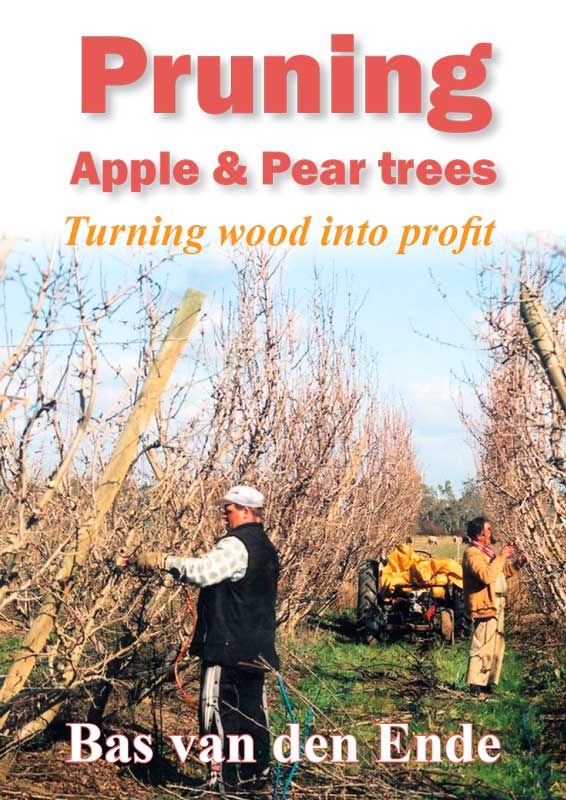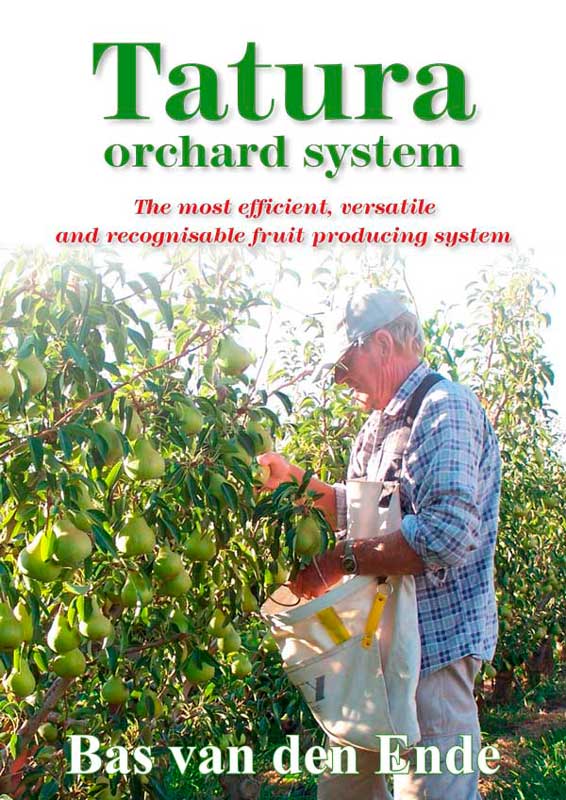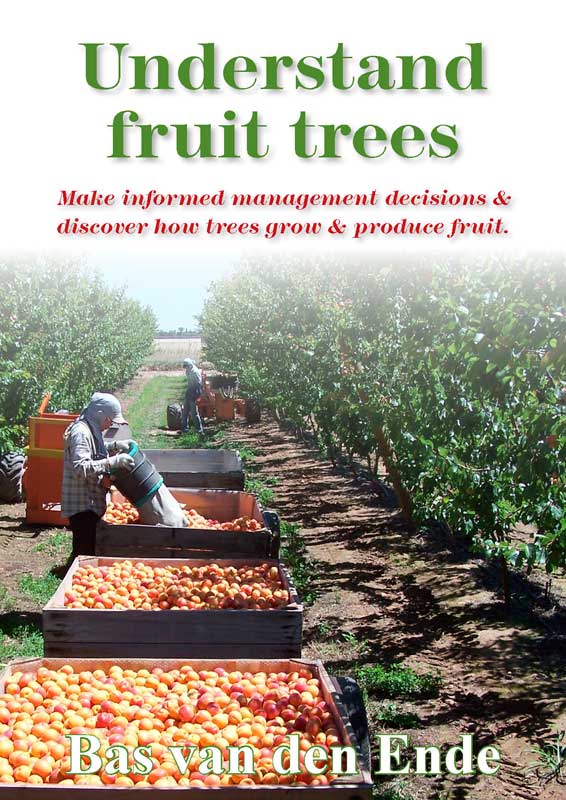According to a recent news item, Qld fruit destined for Victoria no longer needs post harvest chemical treatment to ensure it is free of Queensland fruit fly.
This is good news for consumers concerned about chemical use.
Unfortunately this destructive pest is now firmly ensconced in much of NSW and Victoria. It is therefore timely to consider alternative control options in the face of growing limitations on the use of effective chemicals.
About Q Fly
Queensland fruit fly is a pest so destructive and problematic that the backyards of half the nation ring with the curses of the frustrated, and orchardists are forced to spray to protect their crops.
Produce most commonly attacked by this pest include stone fruit, pome fruit, cherries, tomatoes, capsicums, chillies, figs, pawpaw and mangoes.
The female lays eggs beneath the fruit skin, these hatch and become maggots. When the weather warms up fruit fly eggs can become adults within five weeks.
The rotting fruit falls from the tree and the maggots enter the soil where they pupate. The long living adults can last a full season and can even over-winter to return to the fray the following season. They become active in early spring and the populations tend to build to a peak in late summer.
Control Strategies
The most widely employed strategy at this point is to spray, however, there are other options and they include the following.
Splash baiting
A strategy called ‘splash baiting’ involves a yeast attractant tied to an insecticide that is sprayed only on the lower leaves of the fruit trees.
This has been shown to be up to 90 per cent effective and fruit is not directly sprayed.
Pheromone traps
Pheromone traps are often used as a monitoring tool where the number of insects trapped are used as an indicator of spray requirements.
However, there is one trapping technology that has proven so effective that many growers now use it as a primary control strategy. I am referring to the NTS product, Fly Bye(TM).
Fly Bye was developed by a researcher who spent many years experimenting with combinations of essential oils from native plants.
The researcher eventually developed a formula that is such a powerful attractant of the male fruit fly that the besotted insects can simply not resist the lust driven urges.
Hopeful males have been seen to travel hundreds of metres to the baited traps. In fact, when we originally trialled this formula, we were trapping multiple males in the midst of an industrial estate.
This strategy simply involves pouring a little of the liquid formula into plastic, hanging containers (Fly Bye Traps™), which are hung in the fruit trees at the rate of five per hectare.
The traps need to be emptied and recharged from time to time but they have proven to be a remarkably effective tool to remove the male from the equation.
Positive feedback
We have had much positive feedback about this technology. Here is part of an enthusiastic, ‘thank you’ letter from a North Queensland chilli grower.
“When we used Fly Bye, I struggle to describe the relief we experienced. We have never lost a fruit since the traps have been in place.
Do not buy anything else because you will be wasting your time! This stuff is incredibly effective. We only have two trap stations per acre and we now have zero incidence of Qld Fruit Fly damage.”
This grower is using Fly Bye as his primary control strategy. The best approach is to set the traps in late winter/early spring so that they will pull the males from the equation as soon as they become active.
This is a proactive strategy, and as such, it is essential to get in before the problems begin.
If you would like to order Fly Bye, please contact NTS for your closest distributor: phone + 61 7 5472 9900 or e-mail This email address is being protected from spambots. You need JavaScript enabled to view it.
Fruit bags
(continued next month)
For more information see Tree Fruit March 2014
